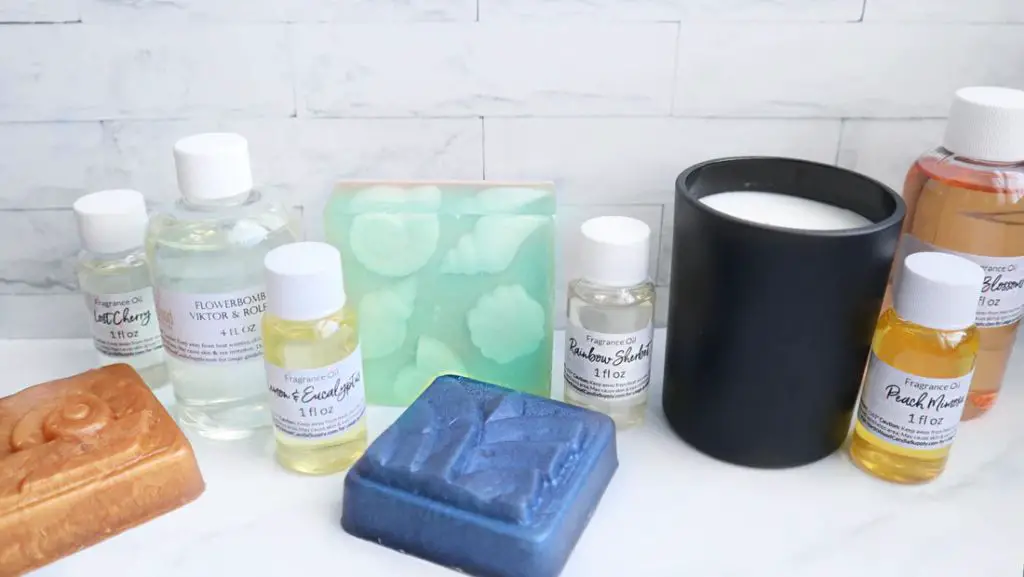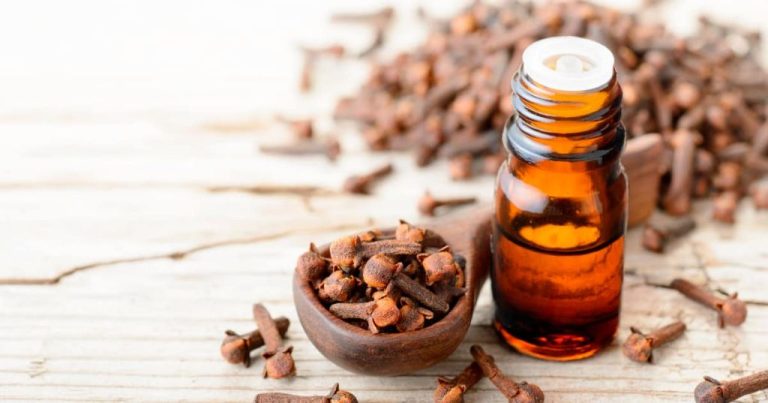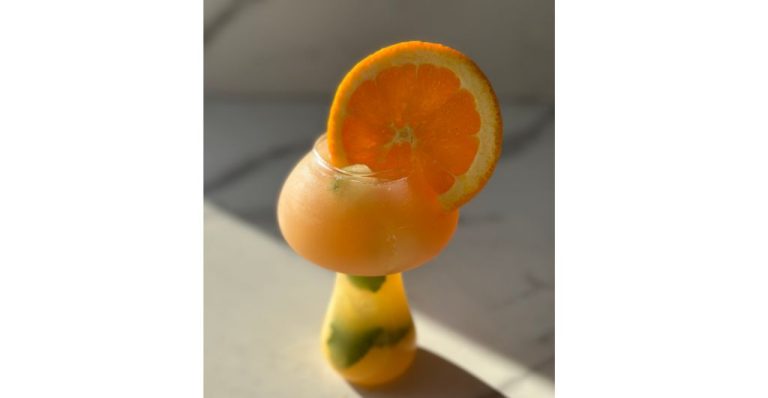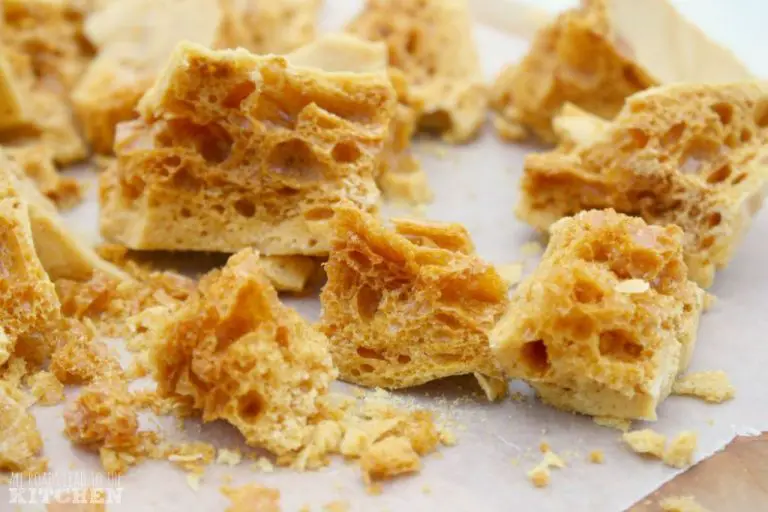Are Soap And Candle Fragrances The Same?
Soaps and candles are beloved home products that many enjoy for their fragrance as much as their function. Both soaps and candles use fragrance oils to add alluring scents like lavender, cinnamon, and more. But an intriguing question arises – can the same fragrance oils be used in both soap and candle making? In this article, we’ll analyze whether soap and candle fragrances are actually the same. Our goal is to uncover if there are notable differences in how fragrances are formulated for these two popular household items.
Fragrance Categories
When formulating soap and candle fragrances, there are several major fragrance categories that are commonly used:
Floral – These fragrances contain notes like rose, jasmine, lily, lavender, and mimic the scents of flowers. Floral fragrances are extremely popular in soaps and candles and can be blended with woody, citrus, and fruit notes.
Fruity – Fruit fragrances contain notes like apple, strawberry, peach, mango, and citrus. They often smell sweet and juicy. Fruity fragrances pair well with floral and vanilla notes.
Citrus – Citrus fragrances like lemon, grapefruit, orange, and lime have bright, energizing scents. They help lift other fragrance categories and are commonly blended with florals and herbs.
Herbal – Herbal fragrances contain botanical notes like sage, mint, rosemary, thyme, and basil. They have an earthy yet uplifting aroma. Herbal fragrances blend well with woods, spices, and florals.
Spicy – Spicy fragrances feature notes like cinnamon, clove, nutmeg, and ginger. They have a warming, cozy effect. Spicy fragrances pair nicely with vanilla, amber, and woody notes.
Woody/Earthy – Woody fragrances contain notes like cedar, sandalwood, pine, and oakmoss. They have a natural, outdoorsy scent. Woody fragrances complement florals, spices, and citrus notes.
To formulate complex fragrances, scent designers typically blend ingredients from several of these fragrance categories. The possibilities for unique fragrance combinations are endless.
Natural vs Synthetic
There are key differences in how natural and synthetic fragrance oils are used in soaps and candles. Natural fragrance oils are derived from plant sources like flowers, fruits, seeds, woods, and other botanicals. They contain a complex mix of organic compounds that give each oil its characteristic scent. Some popular natural fragrance oils used in soaps and candles include lavender, lemon, jasmine, rose, and sandalwood.
Synthetic fragrance oils are created in a lab to mimic natural scents or produce novel fragrance combinations. They usually contain single aroma molecules rather than the complex mix found in natural oils. Synthetic fragrances allow for more consistency and control in soap and candle making. They also tend to be more affordable than natural oils. However, some consumers prefer natural fragrances.
When formulating soaps and candles, natural fragrances are generally used at lower concentrations than synthetics. Natural oils can contain sensitizing compounds and need to be diluted properly. Synthetics are often stronger and used in smaller amounts. Blending natural and synthetic fragrance oils is common to achieve the desired scent. Overall, the choice between natural vs synthetic depends on cost, performance, consumer preferences and creativity.

Fragrance Oils
Fragrance oils are the primary scented oils used to add fragrance in both candle making and soap making. They are artificially created scents that are specially formulated for candle and soap applications, as the fragrances need to hold up to the chemical processes involved in making candles and soap. Fragrance oils allow candle and soap makers to add just about any imaginable scent to their products.
There are thousands of fragrance oil options available from craft suppliers like The Flaming Candle (https://www.theflamingcandle.com/fragrance-oil/), Candle Science (https://www.candlescience.com/soap-fragrance-oil/all-fragrance-oils/), and Bramble Berry (https://www.brambleberry.com/shop-by-product/ingredients/fragrance-oils). Popular fragrance oil scents include fruity, floral, bakery, spice, and seasonal themes. The same fragrance oils can be used in both candle making and soap making recipes.
Fragrance Intensity
The fragrance intensity in soaps and candles can vary quite a bit. With soaps, the fragrance oil is diluted in the soap base, so the intensity is often lower than in candles where the fragrance oil is usually added directly to the wax. As a guide, around 3-8% fragrance oil is typical for soaps, while candles often use 8-12% (though this depends on the particular fragrance and wax used).
The way the fragrance diffuses also differs. With soaps, the fragrance is released as the soap dissolves and interacts with water. Diffusion happens gradually over the course of use. With candles, the heat from the flame causes the fragrance to evaporate into the air more quickly. The diffusion is concentrated while the candle burns. This means candle fragrances are usually formulated to have higher intensity since they diffuse rapidly.
Testing is important to find the right fragrance load for a desired scent intensity in each product. Soap and candle makers learn to adjust usage rates based on the characteristics of each individual oil or fragrance blend. Often they are formulated differently by suppliers to account for the different diffusion methods.
Overall, fragrance oils for candles tend to be more concentrated than those for soap, as they need to fill a room as the candle burns. With soap, the scent is meant for a more intimate experience during use.
Fragrance Regulations
Fragrance oils used in soap making and candle making are regulated by organizations like IFRA (International Fragrance Association). IFRA sets standards for the maximum usage levels of fragrances based on safety assessments, especially when applied to skin through products like soap or lotion. According to IFRA 49: What Candle and Soap Makers Need to Know, IFRA regulations limit fragrance oil to about 3-5% of a soap recipe for safe skin contact.
For candle making, there are currently no enforced regulations in the US dictating how much fragrance can be used, according to soap and candle making forums (Fragrance and essential oil regulation?). However, following IFRA guidance on not exceeding 5-8% fragrance is recommended for candle safety and performance. Overall, while regulations are stricter for soaps, both candle and soap makers should be mindful of IFRA guidance when formulating fragrances.
Art vs Science
Fragrance creation involves a delicate balance of art and science. The art lies in crafting unique scent compositions and accords that evoke emotions, memories, and experiences. Master perfumers rely on their artistic talents, creativity, and intuition when blending ingredients to produce alluring fragrances. As one perfumer notes, “Perfumery is an art, not a science” (Givaudan).
At the same time, there is a scientific side to developing fragrances. The chemistry of odor perception, the properties of aromatic molecules, and technical knowledge of extraction methods and mixing require scientific understanding. As L’Oreal states, “Fragrance creation is a scientific symphony” (L’Oreal). Perfumers carefully calculate proportions and balances of ingredients to produce the desired scent.
Ultimately, successful perfumes blend artistry and science seamlessly. Master perfumers possess equal parts creativity and technical knowledge. They rely on subjective emotions as well artistic vision, together with analytical thinking and scientific formulation.
Trends
When looking at fragrance trends for soaps versus candles, there are a few notable differences. For candles, some of the most popular fragrance notes currently include warm and cozy scents like cinnamon, clove, and vanilla (Makesy). Woodsy notes like cedar and pine are also trending for fall and winter candles (CosyOwl). On the other hand, floral and fruity fragrances remain staples in the soap industry. Citrus scents like lemon, orange, and grapefruit are perennial favorites. Herbal notes like lavender and rosemary are also widely used in soap. Overall, candle fragrances tend to focus more on evoking specific moods or seasons, while soap fragrances lean towards fresh, invigorating scents.
Notable Differences
As we have explored, soap and candle fragrances both use fragrance oils to scent their products, but there are some key differences between how fragrances are formulated and used in each industry.
Some of the major differences are:
-
Soap fragrances tend to use middle-to-top notes since the soapmaking process can cause lighter notes to fade. Candle fragrances make more use of top notes since the candle making process is gentler on fragrance oils.
-
Candle fragrances are formulated with flashpoint in mind since the oil needs to hold up to flame. Soap fragrances do not have this same combustion requirement.
-
Soap fragrances are formulated to not accelerate or slow down trace time in cold process soap making. Candle fragrances do not impact the candlemaking process in the same way.
-
Soap fragrances are designed to stick to the soap and not fade too quickly. Candle fragrances are designed to be volatile and fill a room.
-
Candle fragrances tend to use more synthetic fragrance ingredients because they hold up better to heat. Soap fragrances utilize more essential oils and natural isolates.
-
Candle fragrance concentrations are often 10-15%, while soap fragrances are typically 3-6% of the product formulation.
These differences mean fragrances meant for candlemaking should not be used in soapmaking and vice versa. The formulations are tailored for their specific product type and manufacturing process.
Conclusion
Based on this analysis, we can conclude that while there are some similarities between soap and candle fragrances, there are also several key differences that set them apart.
The most notable difference is in fragrance intensity. Candle fragrances are designed to be stronger and fill a whole room, while soap fragrances only need to be sensed up close during use. Candle fragrances also utilize more synthetic fragrance oils that hold up better to burning, whereas soap fragrances tend to use more natural essential oils.
Regulations also differ, with candle fragrances having fewer restrictions. Soap fragrances must be formulated to not irritate skin. Additionally, trends point to more complex fragrance blending in candles, while soap fragrances remain simpler.
In summary, while there is some overlap in ingredients and techniques, the performance requirements, intensity, blending complexity and regulations differ significantly for soap versus candle fragrances. The overall formulas, goals and end results are distinct for each product type.




